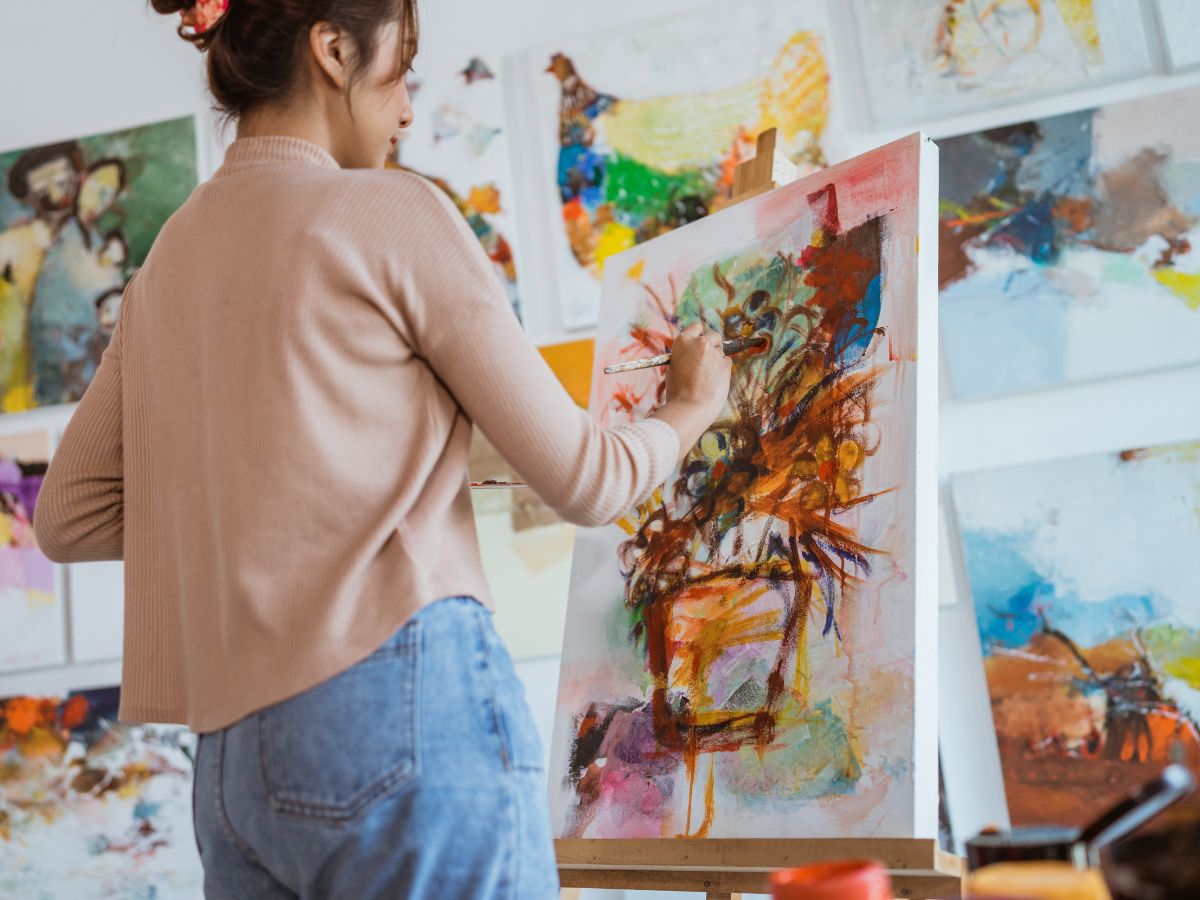
How to Approach Galleries and Curators with Your Artwork
Connecting your work with galleries or curators is less handshake hustle and more patient, thoughtful relationship building. Whether you’re just starting or looking to move forward, here’s a clear and friendly roadmap to help your art meet the right curators.
1. Do Your Homework
Before reaching out, research galleries or curators whose taste aligns with your work. Visit their exhibitions and represented artists; note who matches your vision. A curator’s focus—be it digital media or socially engaged work—matters more than geographic location.
2. Engage Before You Pitch
Attend openings, talks, studio visits, or online events organized by your target galleries. Comment thoughtfully on social media and introduce yourself in person. Don’t walk in cold with your portfolio. Support makes you memorable.
3. Build Meaningful Connections
Networking isn’t about collecting names, it’s genuine conversation. Compliment someone’s curation or ask about their process. Speak less about yourself, more about your interest in their work. Many gallery placements come through trusted recommendations.
4. Polish Your Online and Physical Presence
Make your online portfolio clean and easy to navigate. Curators often Google you. Keep images current on your website and social media. If you meet someone in person, offer a professional binder with a bio, statement, CV, and 8–10 strong images.
5. Reach Out Thoughtfully
Once you’ve built connection or confirmed their submission protocol:
- Send a brief email or mailer with a link or portfolio samples.
- Keep tone professional yet personal. Note why you feel you fit their space.
- Avoid cold calls or surprise drop-offs since they’re often dismissed.
6. Prepare for Studio Visits
If invited, treat it like a meeting with a curator or gallery director. Know your goals—whether showing recent work, discussing concept, or exploring collaboration options. Bring relevant pieces, ask clear questions, and be present but not pushy.
7. Be Patient, Persistent, and Polite
Rejection isn’t a reflection on your talent. Use it to learn to refine your portfolio, messaging, or submission list. Follow-up with gratitude and stay on their radar with occasional updates about new work or shows.
Approaching galleries and curators is a long-game exercise in respect, relevance, and readiness. Do the prep, stay consistent, and your work—and your presence—will speak for itself.
